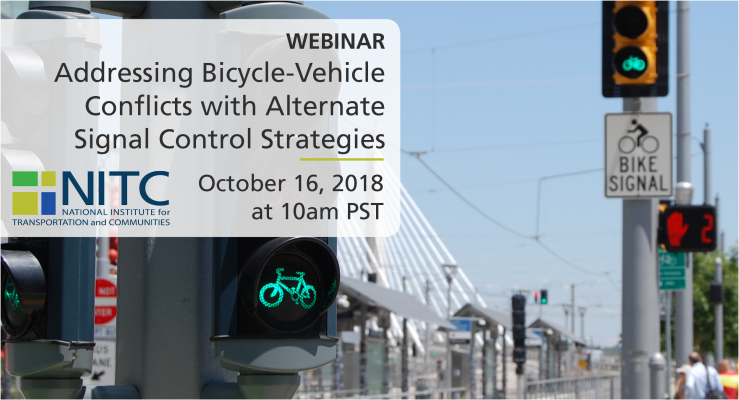The video begins at 0:32.
Copenhagen is world-renowned as a bicycle-friendly city. Since the 1980s, Copenhagen has been encouraging people to bicycle through an ambitious program that includes expanding the city’s bicycle network, building new cycle routes, and improving safety and security. Niels Jensen will highlight how the city has achieved high levels bicycling through its policies, actions and funding. Jensen has been actively involved in Copenhagen’s cycling renaissance for the past couple of decades. He has published articles and made presentations on topics such as cycle tracks, bicycle parking, and green wave corridors.

